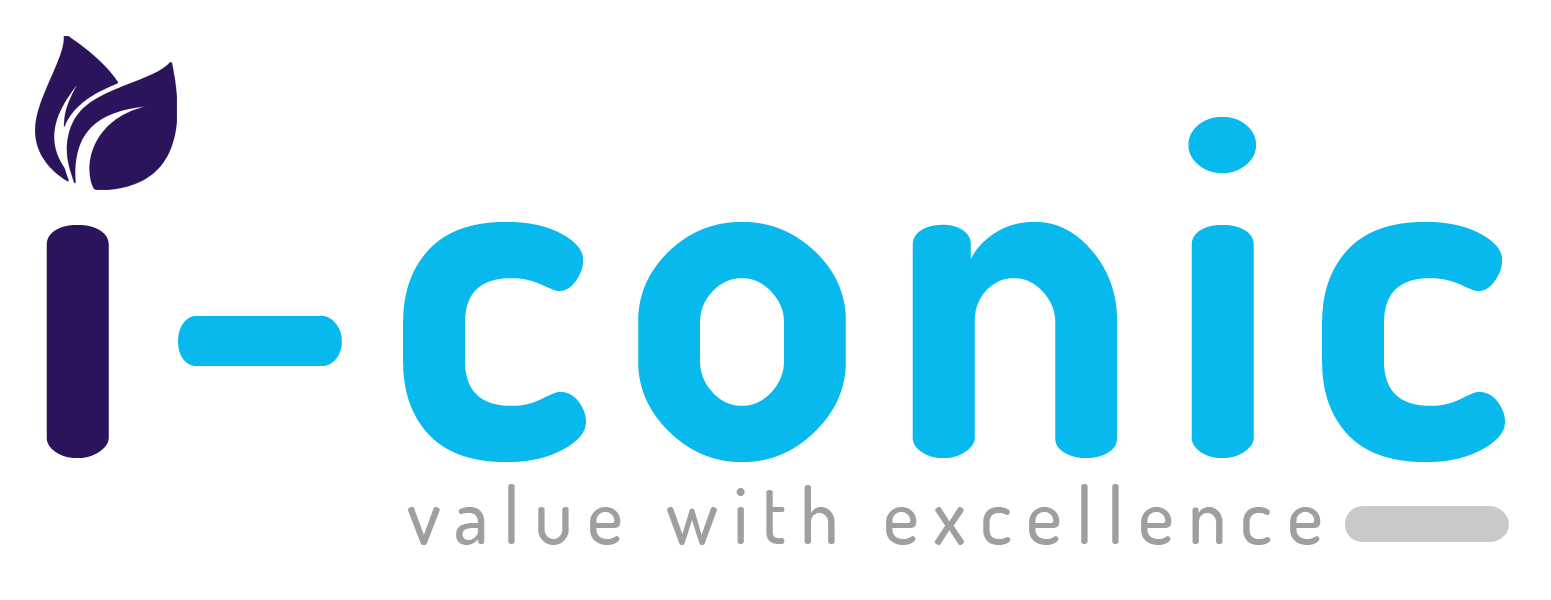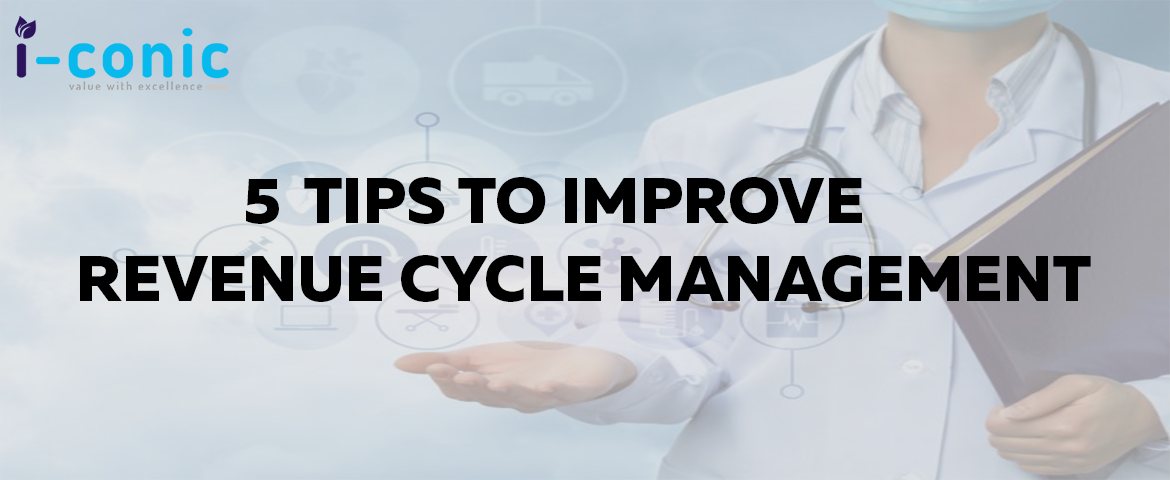Common problems faced in revenue cycle management:
Healthcare providers used to rely on payers – private and public – to provide compensations of their revenue. There were the usual coding and billing challenges, but patients were mostly on-lookers when it came to financial transactions. Today, many high-deductible plans are common and thus providers find it difficult to collect what they have earned. Many plans that force consumers to dig deep in their own pockets have shot up in the recent times. This is an unsustainable trend for hospitals, but the increase in the number of plans shows no signs of declining.
Backed up workflow can have a negative impact on any team’s performance. Not adhering to simple procedures while admitting a patient too can cause workflow to be backed up. A simple, basic checklist kept at the registration desk will make a significant difference in keeping your patients on track and organized, and also give the patients a reliable sense of service and organization.
Small errors like coding errors, name misspellings and patient ineligibility can lead to claims being denied and miscommunication which back up the return on your revenue cycle. Taking a few extra minutes to prevent these errors from the start can put a stop to days or weeks of delay in payment on the back end.
Nowadays, patients expect technological solutions for everyday tasks. If your office is not digitized, it will put you back in the run and will show in the services provided. This lack of digital solutions stops the revenue cycle flow, affects patient/provider communication, and gives a bad impression of your office.
Ways to improve revenue cycle management:
-
Digitization
-
Easy pre-admissions
-
Hire a designated care coordinator
-
Track performance
-
Enhance patient financial experience
Taking small steps to improve the patient payment system, including mailing them before admission or verifying valid contact or offering multiple methods of payment like credit, debit, online portals, payment plans etc., will improve their experience. Knowing the patients’ expectations and acting accordingly will also make things easier for both parties.
In this day and age, healthcare organizations adapt to value-based payout models and mount demand for digital solutions that create the future of revenue cycle management.






